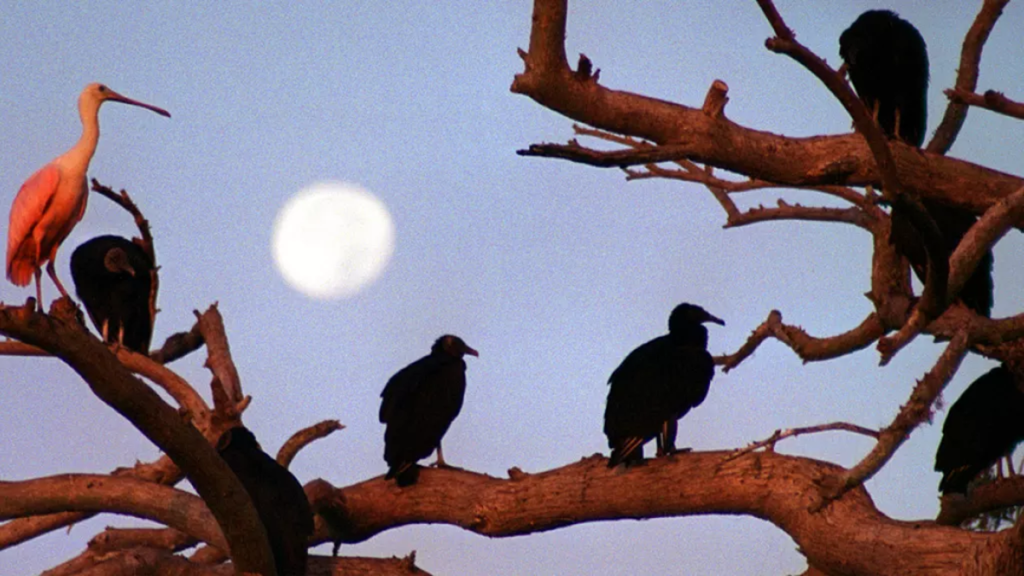Indian house crows are recognised as a pest under Kenya’s Wildlife Act and have emerged as a growing problem across the country, endangering local ecosystems, farmers’ livelihoods, and even the tourism sector.
Introduced to East Africa in the 1890s to assist with waste management, the crow population has surged dramatically, with estimates now placing their numbers at 700,000 in Kenya. These invasive birds are causing significant disturbances, particularly along the coastal areas.
Impact on Farmers
Farmers such as Julius Charo are some of the most affected. The crows compete with livestock for feed and even hunt smaller animals.
“I always bring enough food for the animals, including the chickens and other livestock. However, when the crows start competing for the feed, it is no longer enough. This forced me to sell some of my pigs, leaving only two to manage,” says Charo.

A Threat to Tourism
The tourism industry, especially in Watamu, is also experiencing the pressure. Hotels are grappling with the birds, which steal food from guests’ plates, posing safety risks, particularly for children.
“The Indian house crow has become such a nuisance in the hotel. They are stealing food off the plates of guests, sometimes from children’s hands,” explains Geoff Bell, owner of Ocean Sports Resort.
Health and Ecological Risks
The crows are not just a nuisance but also a health risk, carrying diseases such as the West Nile virus and Newcastle disease, which can spread to both humans and animals.
“Indian house crows transmit up to eight diseases,” says Eric Kinoti, coordinator of the Crows No More programme at A Rocha Kenya.
The species also poses a significant threat to Kenya’s biodiversity. It outcompetes native birds, leading to a decline in indigenous species, which in turn affects birdwatching tourism.
Efforts to Control the Population
Efforts to control the crow population have been sporadic over the years. A recent programme using starlicide poison, which has been effective in Djibouti and Eritrea, has culled over 5,500 birds in Kilifi, Malindi, and Watamu.
Starlicide is designed to minimise environmental risks, as it metabolises within 10 to 12 hours of ingestion, leaving the carcass poison-free and safe for scavengers.
“By the time the bird dies, the poison is out of the body, so there is no risk of secondary poisoning,” explains Kinoti.
Need for Regional Collaboration
Experts such as Paul Gacheru from Nature Kenya emphasise the need for a regional approach to eradication, as the birds can easily cross borders.
“Birds don’t know boundaries, so if you get rid of this species here, others may come from neighbouring areas,” says Gacheru.
Despite some progress, limited funding and resources continue to impede efforts to fully tackle the problem. Without sustained support, the Indian house crow will continue to disrupt ecosystems, livelihoods, and the Kenyan economy.


